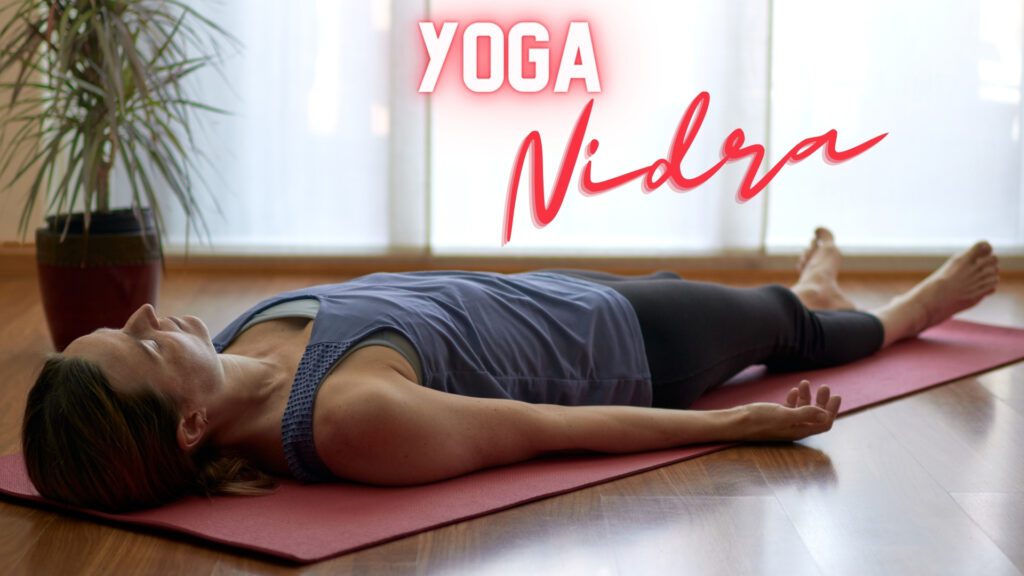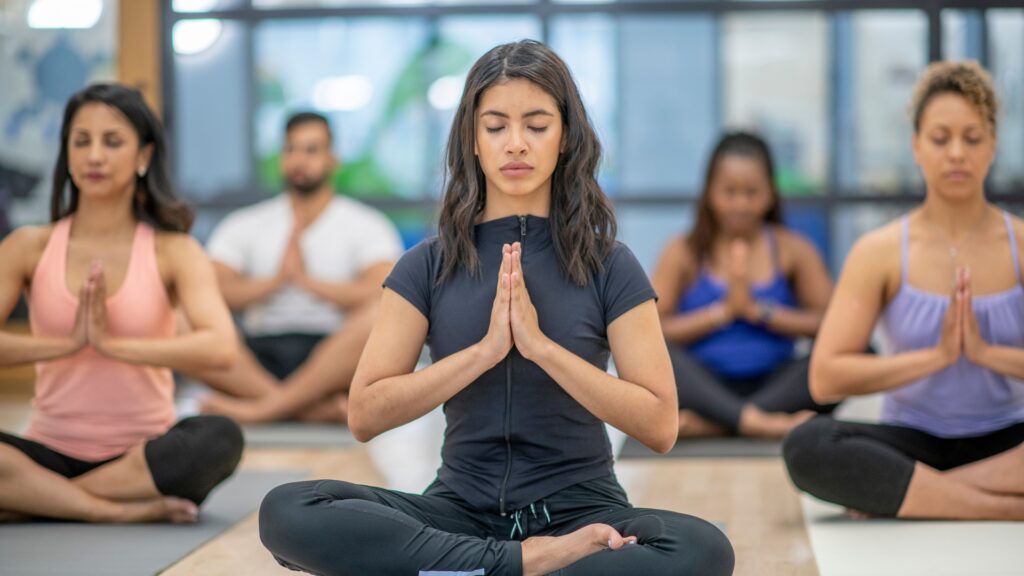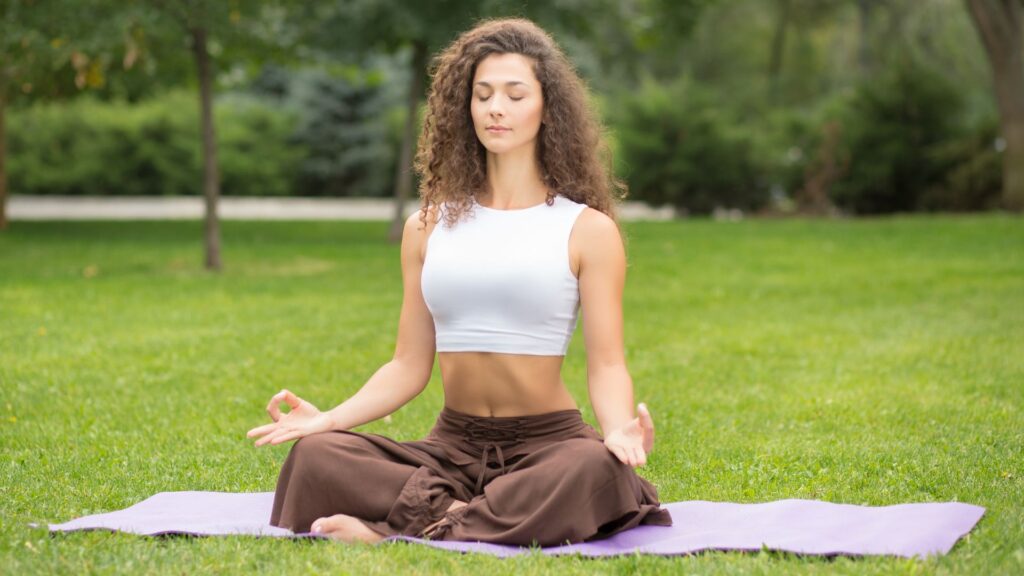Are you tired of tossing and turning in bed, unable to find restful sleep? Have you been looking for a natural way to relax your mind and body before bedtime? Look no further! In this comprehensive guide, we will explore the practice of Yoga Nidra – a powerful technique that can help you achieve a state of deep relaxation and prepare you for a blissful sleep every night.
What is Yoga Nidra?
Yoga Nidra, also known as yogic sleep or psychic sleep, is a form of meditation that allows you to enter a state of conscious relaxation. Unlike traditional meditation practices that focus on awareness of the breath or body, Yoga Nidra guides you through a series of systematic steps to reach a state of complete relaxation while remaining awake. This practice can help reduce stress, anxiety, and insomnia, leading to improved overall well-being.
How Does Yoga Nidra Work?
During a Yoga Nidra session, you will be guided through a series of instructions that involve body scanning, breath awareness, visualizations, and setting intentions. By systematically relaxing different parts of the body and focusing on the breath, you can enter a state of deep relaxation that is equivalent to several hours of restful sleep. This practice helps activate the parasympathetic nervous system, promoting relaxation and stress relief.
Benefits of Yoga Nidra
-
- Reduces stress and anxiety levels
-
- Improves sleep quality and duration
-
- Enhances overall well-being
-
- Boosts creativity and focus
-
- Balances emotions and promotes inner peace
You may also be interested in Benefits of yoga. or want to learn more about yoga nidra.
Now that you have an understanding of what Yoga Nidra is and how it works, let’s explore how you can incorporate this practice into your daily routine to achieve a blissful sleep every night.
Setting the Scene

-
- Find a quiet and comfortable space where you won’t be disturbed.
-
- Lie down on your back with your legs extended and arms by your sides.
-
- Cover yourself with a blanket if needed to stay warm.
-
- Use a comfortable pillow if needed to support your head and neck.
Starting the Practice
-
- Close your eyes and take a few deep breaths to relax.
-
- Begin to focus on your breath, allowing it to deepen and slow down.
-
- Tune into your body, noticing any areas of tension or discomfort.
-
- Set an intention for your practice, such as “I am calm and peaceful.”
Body Rotation
-
- Start by bringing your awareness to your right toes, then move to the sole of your foot, ankle, calf, and so on.
-
- Continue to slowly move your awareness through each part of your body, releasing tension as you go.
-
- Repeat the process on the left side, moving from the toes to the head.
Breath Awareness
-
- Shift your attention to the natural rhythm of your breath.
-
- Notice the inhale and exhale, allowing them to become deeper and more relaxed.
-
- Focus on the sensation of the breath entering and leaving your body.
Visualization
-
- Imagine yourself in a peaceful and serene place, such as a beach or a forest.
-
- Visualize each detail of this place, engaging all your senses.
-
- Allow yourself to feel calm, safe, and deeply relaxed in this visualization.
Setting Intentions
-
- Conclude your practice by setting an intention for your sleep or the following day.
-
- Repeat a positive affirmation, such as “I am grateful for the restful sleep that awaits me.”
-
- Take a few moments to bask in the feelings of peace and relaxation.
Tips for Mastering Yoga Nidra
As you begin to incorporate Yoga Nidra into your daily routine, here are some tips to help you master this practice and achieve a blissful sleep every night:
-
- Consistency: Practice Yoga Nidra regularly to experience its full benefits.
-
- Patience: Allow yourself time to relax and unwind during each session.
-
- Environment: Create a peaceful and calming space for your practice.
-
- Guided Sessions: Use audio recordings or guided scripts to assist you in the practice.
-
- Mindfulness: Stay present and aware throughout the practice, focusing on the sensations in your body.
-
- Gratitude: Cultivate feelings of gratitude and contentment during and after each session.
Conclusion
In conclusion, mastering the practice of Yoga Nidra can be a transformative experience that leads to a blissful sleep every night. By following the guidelines outlined in this guide and incorporating this powerful technique into your daily routine, you can enjoy the benefits of deep relaxation, stress relief, and improved overall well-being. So, take a deep breath, close your eyes, and embark on a journey towards a restful and rejuvenating sleep with Yoga Nidra. Sweet dreams





